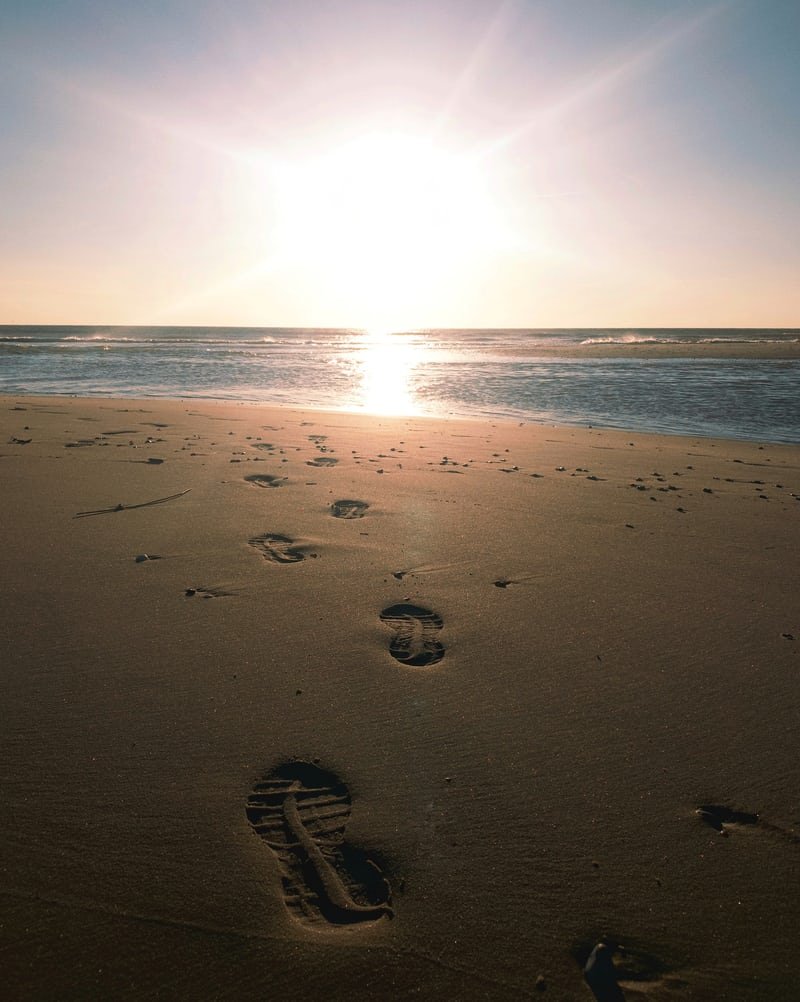One woman’s touching and riveting tale of the ground-breaking procedure her child almost went through

“I’m so sorry I haven’t come back to see you in months,” Fionna told me with a weary look on her face. “My back is doing much better with the physiotherapy, but the pain going down the leg is worse,” she drew a line with her little finger to explain where her sciatica spread. “What have you been doing recently that’s aggravating it?” I asked to identify some triggers, like therapists do. “I’ve had the most physically and emotionally draining 12 weeks of my life,” her eyes welled up. I handed her a tissue and asked if she’d like to talk about it.
“It’s my daughter Zoey.” she began. “She’s 10 years old and the love of my life. She’s curious, intelligent, kind, and has the gentlest heart,” she described. When someone starts with a description like that, it immediately tells me that Zoey’s facing something she doesn’t deserve. “I noticed a little discoloration on her belly and also found a small lump, measuring around 2 cm,” Fionna said, sizing it up with her index finger and thumb. They waited a week, but as it didn’t go, they took her to a skin doctor. “This will have to come out, but we’ll have to do it under general anaesthesia,” he told them, concerned that it could be a malignancy. “It’s rough and firm and doesn’t look like something we can ignore,” he cautioned. He asked for a bunch of tests that are routinely performed before an operation and scheduled surgery within a few days.
“The ECG and 2D echo showed up a cardiac anomaly in Zoey,” she continued. “She was diagnosed with a degenerative mitral valve, where the heart valve thickens and prolapses and doesn’t close properly, causing it to leak,” she explained. “But this doesn’t happen in kids,” I stated. “That’s what I thought too,” Fionna retorted, “but the doctors say there is a variety that affects the young; it’s super rare and it needed to be fixed at the earliest.” The family was shocked that their happy-go-lucky, always ready for an adventure, full of energy, merrily running up and down the stairs 5 times a day child could have heart disease requiring major surgery. “She had absolutely no symptoms,” Fionna said in utter disbelief. A consultation with the cardiologist ascertained that without surgery, there would be a certain decline in her heart health, affecting quality and longevity of life. The procedure involved fitting a custom-made clip device in the apex of the affected heart. “However, the surgeon had only performed this procedure aboard, as the technology was just a year old and hadn’t come to India yet,” she explained, adding layers to her story to which I was completely glued.
“And in all this drama of getting tests and consultations, the lump on her belly completely disappeared!” she exclaimed. “I don’t know if this was providence or the devil in disguise, to be honest,” she confided. “But you couldn’t escape the heart condition?” I asked, eager to know if they had decided to go ahead with surgery for the little one. “She was put on oral heart medication until the doctor ordered the custom-made clip from Shanghai, as they planned to operate in this way in India for the first time,” she continued with a story that was getting more complex. While waiting the four weeks for the clip to arrive, Fionna told me that her heart and mind were riddled with a multitude of thoughts on whether they were doing the right thing for Zoey, whereas Zoey was blissfully unaware of what was going on. The entire family was sombre and anxious. “I held her closer as she slept, woke up several times at night to just watch her, putting my hand on her little heart, and kissed her and cuddled her even more than usual. We took her for late-night car drives and gave her her favourite scoop of ice cream more often. And I prayed… prayed hard and from my heart,” she gestured with hands folded. I was beginning to guess that the story was going to have a happy ending.
“On the day of the operation, with all our hearts weighing a tonne, Zoey was wheeled into the operating room,” she told me. The surgeon said it would take three hours and smiled to reassure us, saying that it would be perfect. “Get out of here, have some breakfast, and come back,” he told us. “But I stayed glued to the chair outside the OR,” she said. “Two hours passed, three hours passed, then four hours, and my heart was beginning to tremble. Just then, the doctor burst into the waiting area,” she said with a quiver in her voice. “He pulled down his surgical mask and I could see his lips pursed tightly into a frown. Softly, he said, ‘We were about to implant the clip when Zoey’s blood pressure plummeted to dangerous levels. Her oxygen saturation also dropped to 64. We tried to stabilize her as best we could, and the levels would rise but only to crash once again. We decided that under the circumstances, to continue with the procedure would mean putting her life in jeopardy. We aborted the procedure and have closed her up. We are doing all we can to stabilize her, but she is critical,” he breathed out deeply.
Fionna said she sat outside with her sister and children, their hands entwined in each other’s, saying the Lord’s prayer like a litany. “He came out again after what seemed like an eternity to tell us that Zoey was stable. She would be on a ventilator overnight, and they hoped to remove the breathing tube the next morning. When she came out of the operating theatre and was wheeled into the ICU, she had pipes and wires sticking out everywhere,” she spoke of the experience. “However, with the grace of God, over the next few days she was discharged from the hospital, alive and well,” she breathed.
Fionna acknowledged that while the surgery would have set a record since it was the first one of its kind to be performed in India, the doctors showed courage and compassion to take the call to abort it.
“What about the heart now?” I was curious. “She has to be on cardiac medication for life. If she develops symptoms, we might have to try out the procedure again, later, the doctors told us.” The things parents have to go through for their children, I thought.
“Perhaps now that everything’s well, you guys can take a short summer vacation before she starts school again,” I suggested. “School? What school?” she looked at me perplexed. “Zoey’s my beloved 10-year-old black and tan dachshund!” she exclaimed.
This time, it felt like my mitral valve had suddenly prolapsed.





